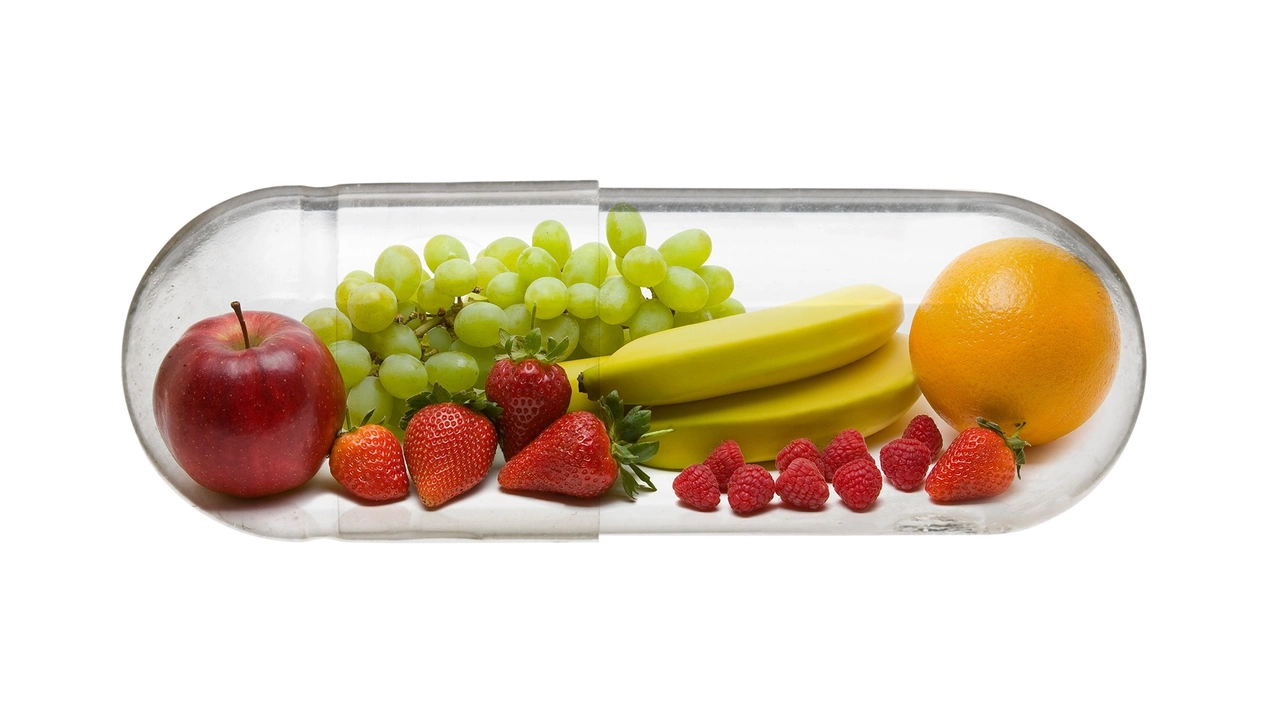Carrageenan: August 2023 posts from AccessRx.su
In August 2023 we published a practical guide to carrageenan — a seaweed extract used as a food thickener and dietary supplement. You’ll find clear info on what carrageenan is, where it hides on labels, who should be cautious, and safe substitutes. This page brings together what we covered so you can decide if it fits your diet.
What is carrageenan?
Carrageenan comes from red seaweed and appears in two main forms: food-grade carrageenan (used in grocery products) and degraded carrageenan, also called poligeenan, which is not used in food. In ingredient lists look for “carrageenan” or the food additive code E407. It’s common in dairy alternatives, deli meats, sauces, and some supplements because it thickens and stabilizes texture without changing flavor.
There are three major types: kappa (firmer gels), iota (elastic gels), and lambda (doesn’t gel but thickens). Manufacturers pick the type based on the texture they want. That matters if you make homemade almond milk or vegan pudding and want a specific mouthfeel.
How to use carrageenan safely
If you try carrageenan at home, buy products labelled food-grade and avoid anything marked poligeenan. Most people tolerate food-grade carrageenan at levels used in foods. Still, people with sensitive guts or conditions like IBS may notice more gas, bloating, or discomfort after eating carrageenan-containing products. If that happens, switch to alternatives like agar-agar, xanthan gum, or guar gum and check if symptoms improve.
When reading labels, remember E407 = carrageenan. In supplements it can appear as a stabilizer in capsules or powders. Use small trial amounts when introducing it to your diet. For DIY recipes, start with the manufacturer’s recommended quantities — a pinch can be enough for a smooth pudding.
Regulatory agencies generally consider food-grade carrageenan safe when used at normal food levels, but labels and sourcing vary between countries. If you buy commercial powders or stabilizers for cooking, choose reputable brands and avoid industrial or laboratory-grade chemicals. When in doubt, contact the manufacturer or check product FAQ pages for “food-grade” confirmation. Testing and clear labeling protect consumers. Save batch numbers for records.
Why we wrote this: there’s confusion online about safety. The key point is simple: food-grade carrageenan and poligeenan are different. Keep poligeenan out of your food choices. If you want fewer processed additives, pick whole-food options or known thickeners like cooked starches and pureed vegetables.
Quick tips: 1) Check labels for E407. 2) Favor food-grade sources. 3) If you have gut sensitivity, cut it out for two weeks and watch symptoms. 4) Try agar-agar or xanthan as swaps in recipes.
Want examples? Use kappa-carrageenan to make a firmer vegan cheese, iota for softer gels in desserts, and lambda if you only want to thicken soups or sauces. Small adjustments in amount change texture fast, so test in small batches.
That’s the August roundup on carrageenan: clear definitions, label-reading tips, whom to watch for, and practical swaps. Bookmark this if you cook or shop for processed foods and want a quick, useful reference.
Carrageenan: The Natural Dietary Supplement Your Body Needs
Alright folks, let's dive into the fun world of dietary supplements - today's hot topic is Carrageenan! You may be scratching your head thinking, "Carr-what-now?", but this natural gem is actually a seaweed extract that your body will love! Don't be alarmed by its weird name, in the health space, it's practically a celebrity! Loaded with beneficial properties, Carrageenan is like the secret sauce your diet has been missing. So, let's welcome this superstar to our routine and give our bodies the health boost they've been craving!

